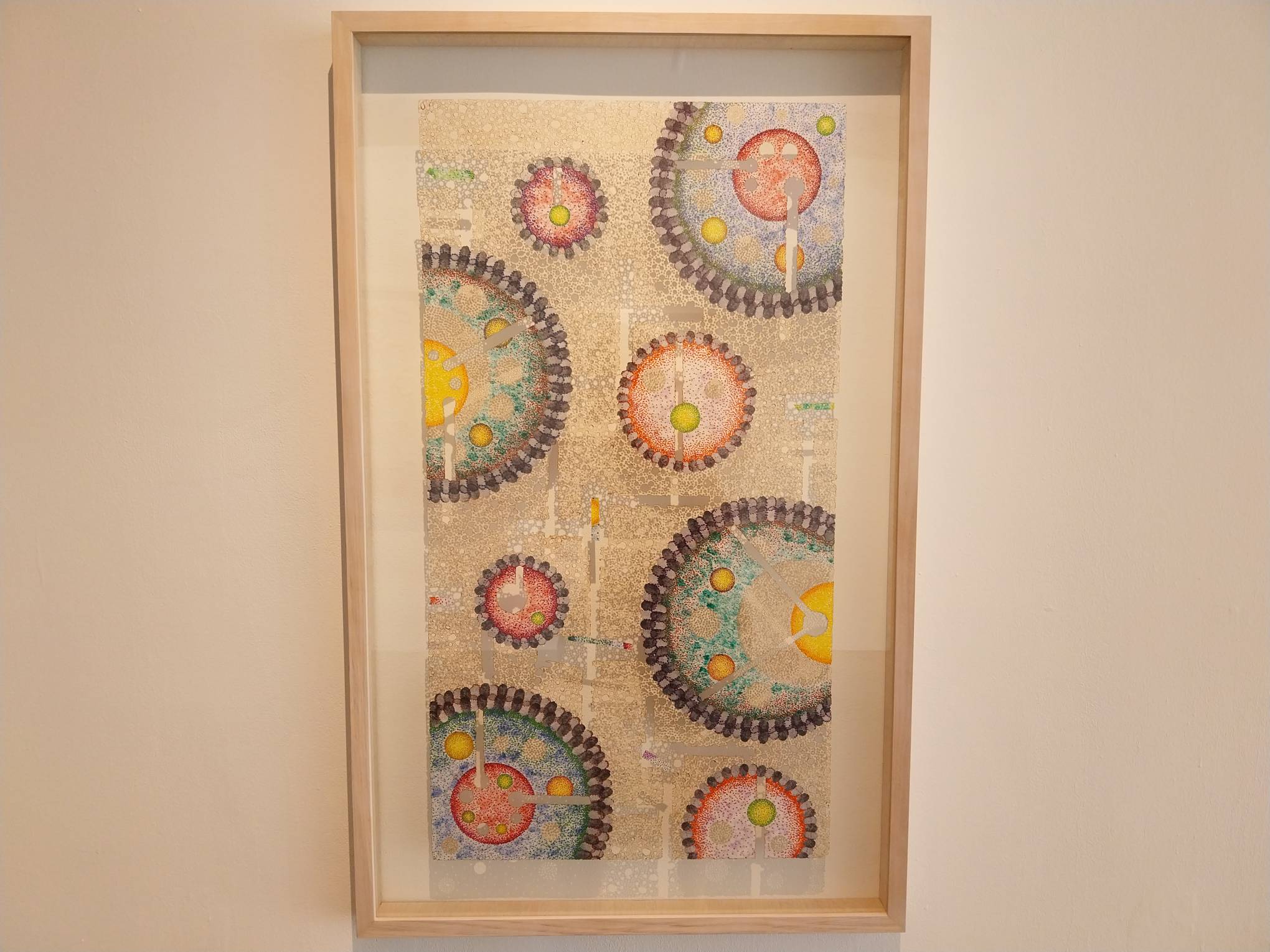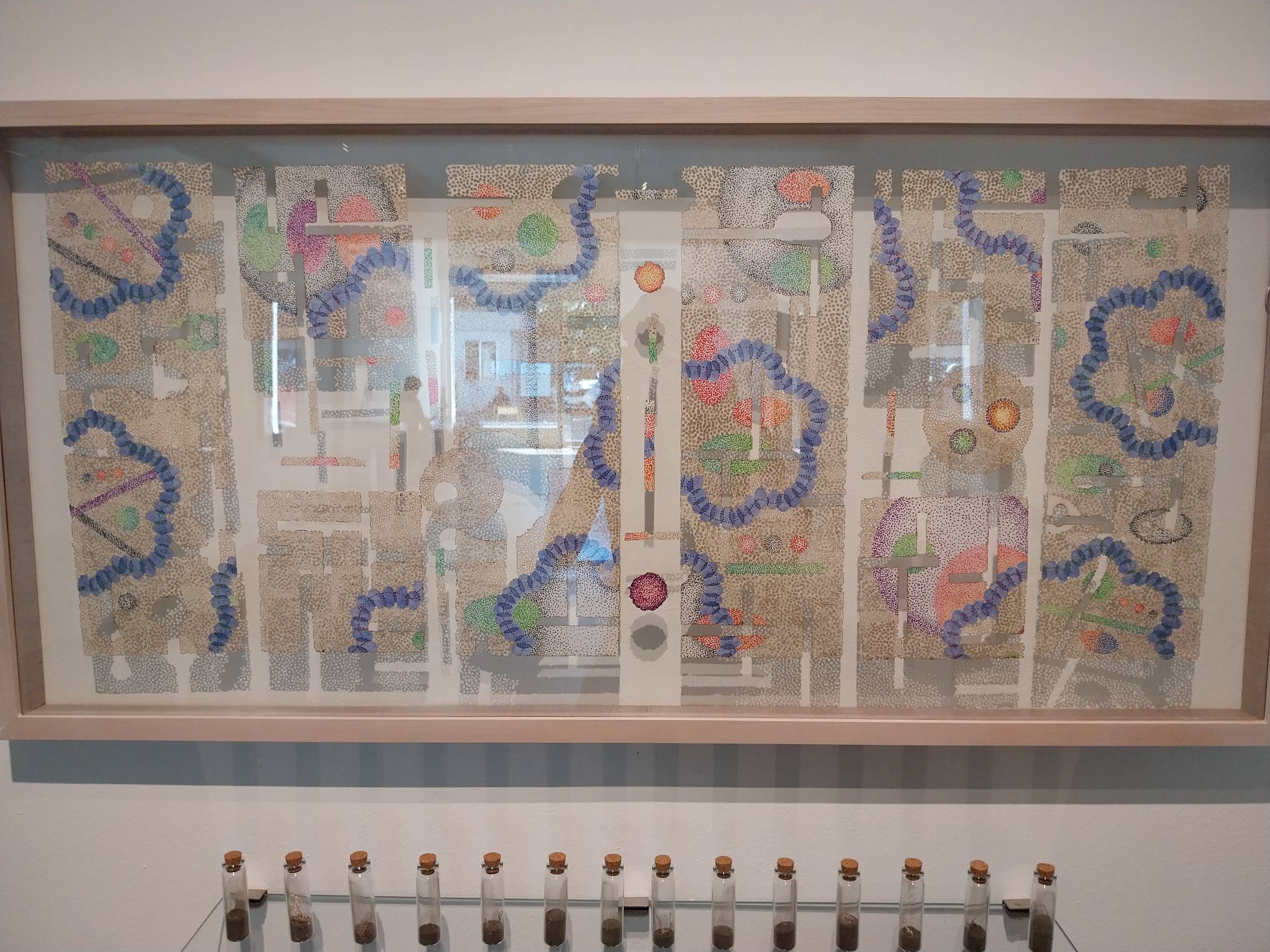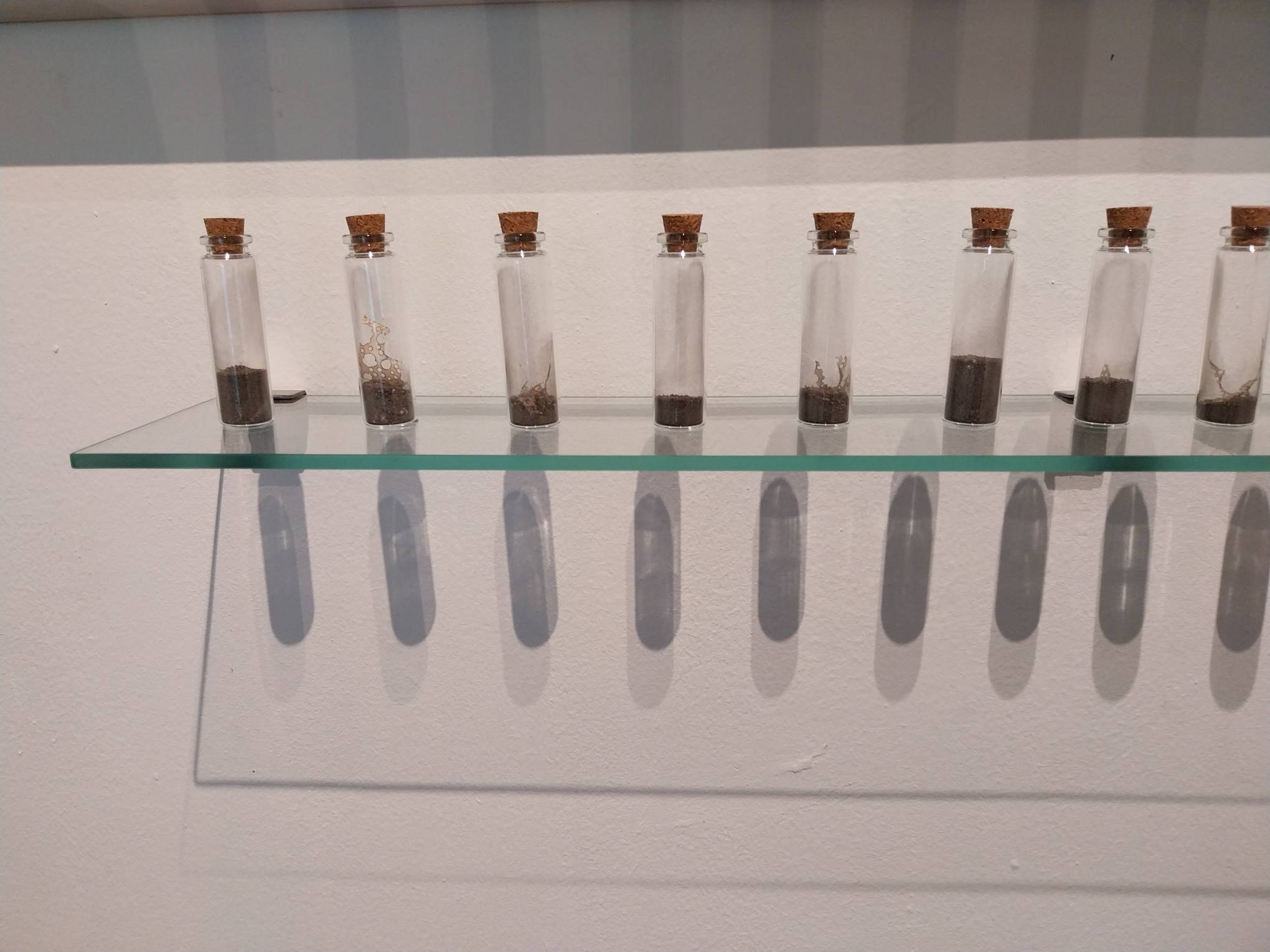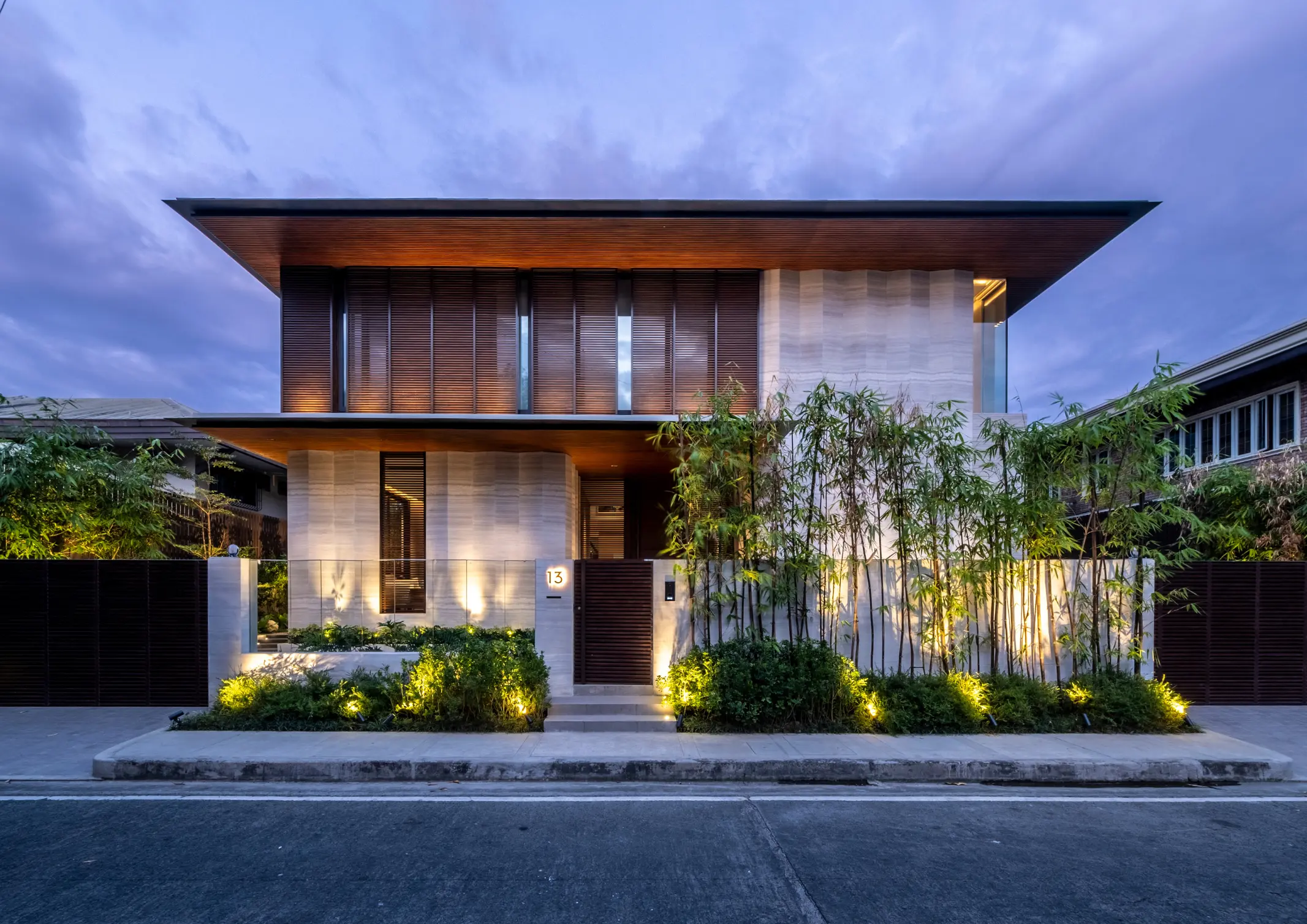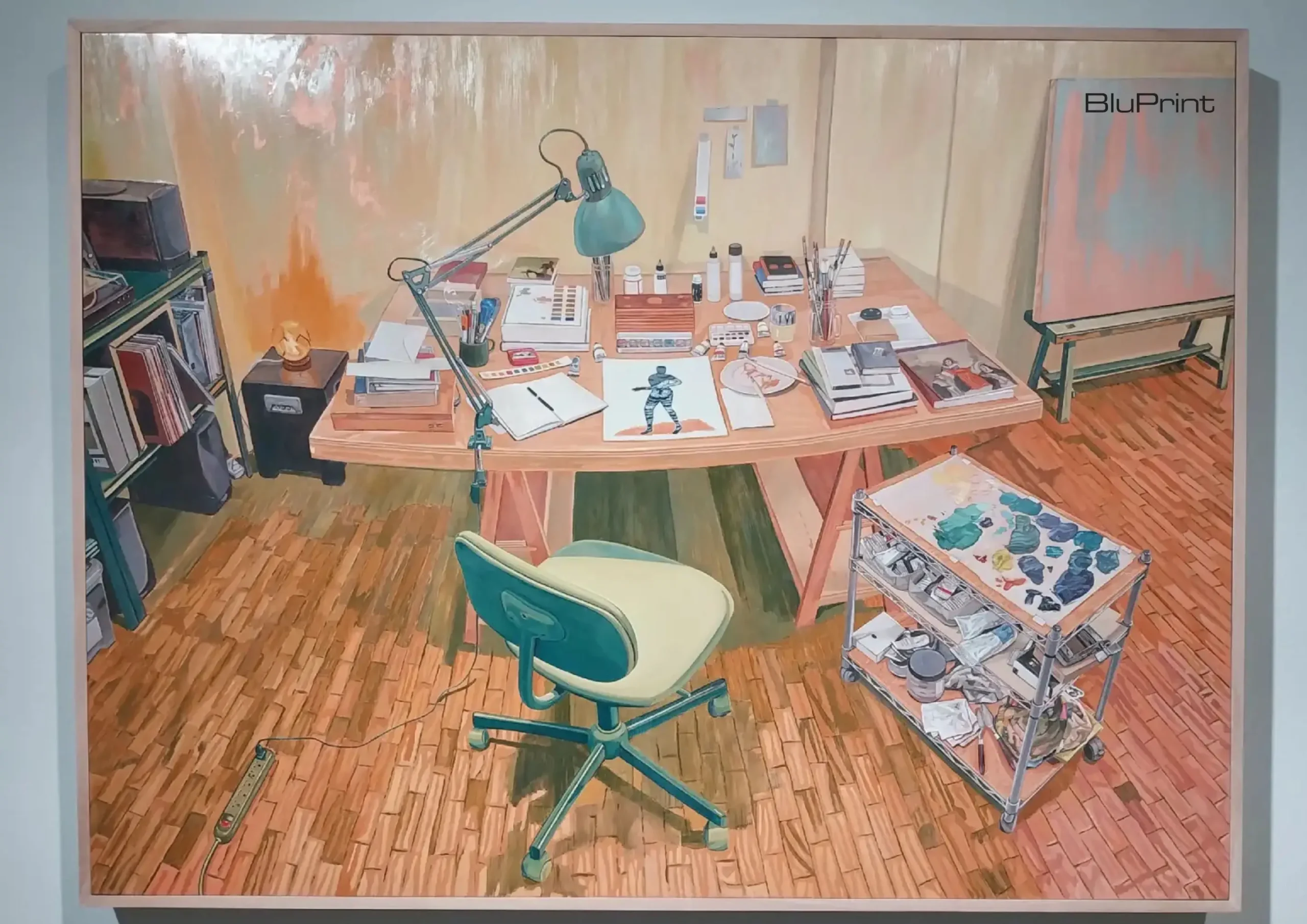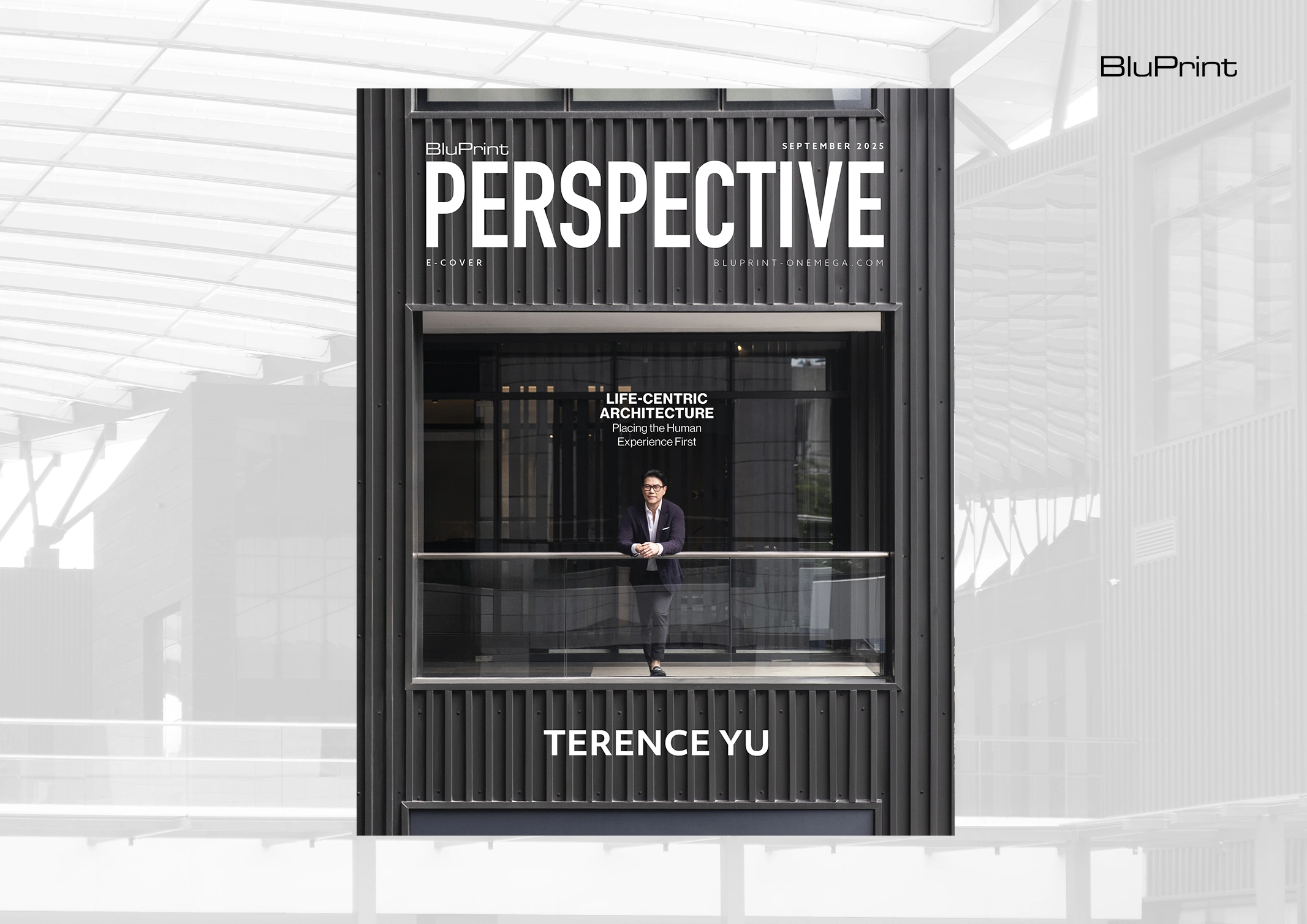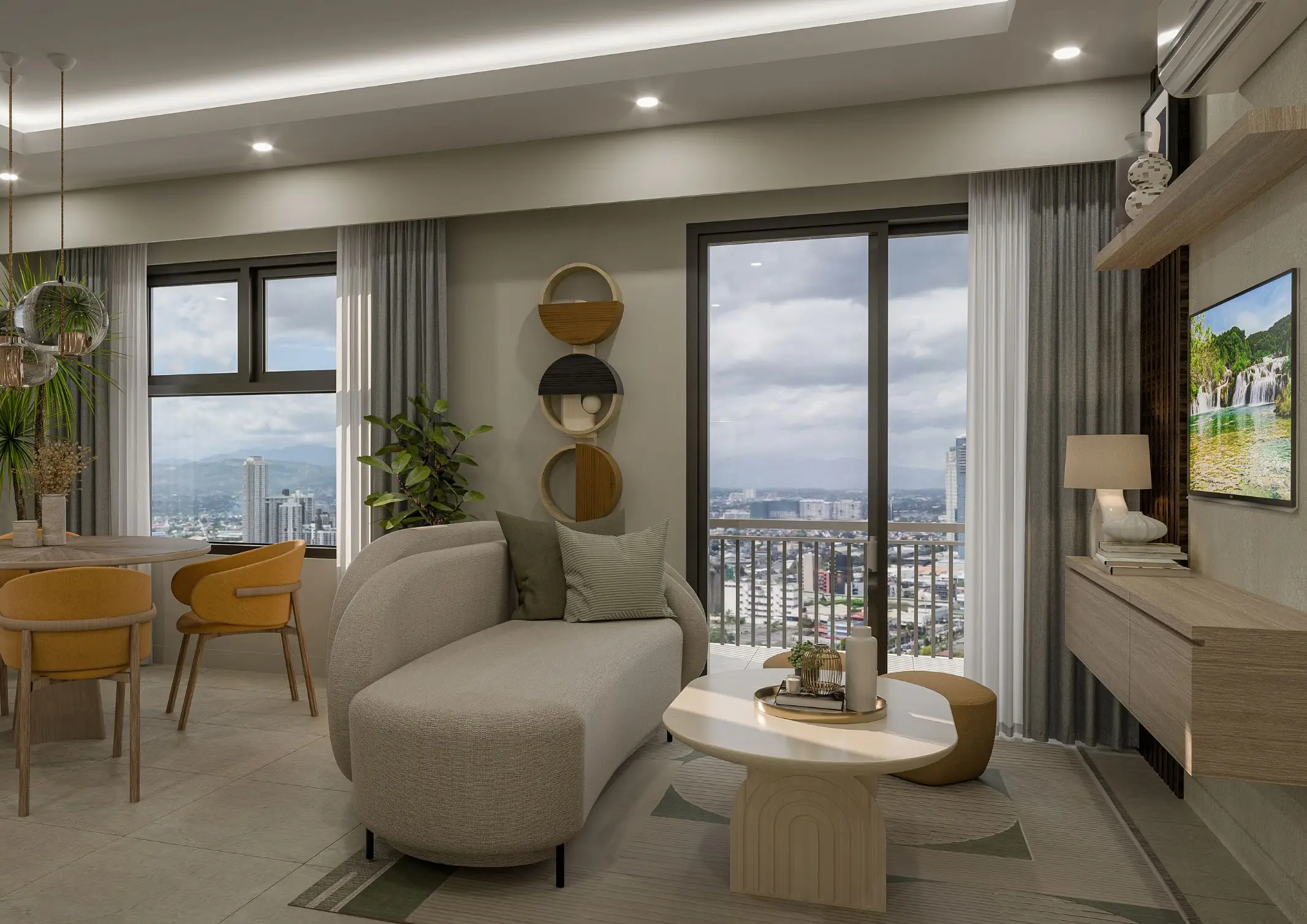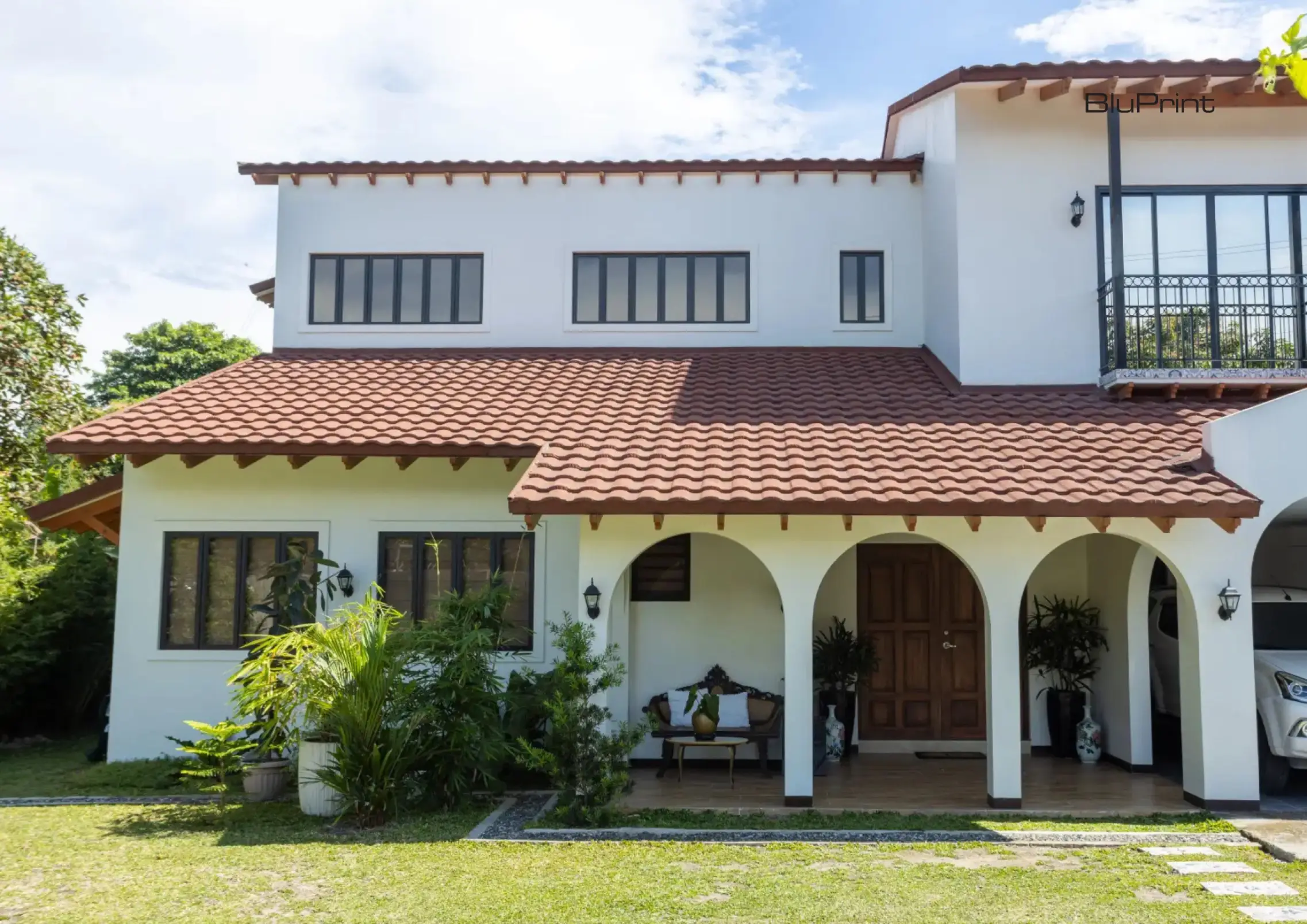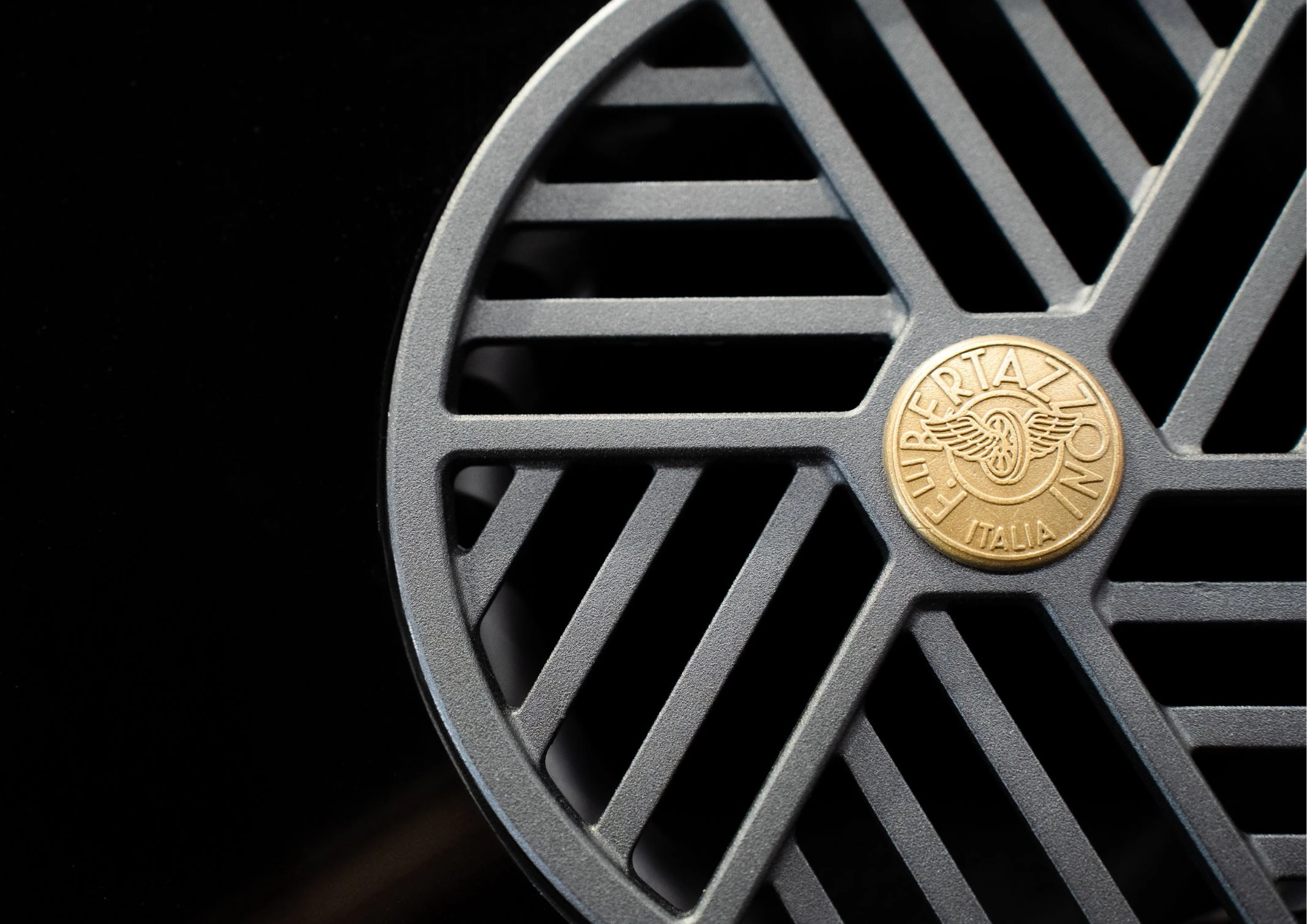There’s always something enticing about building a home that is stately and grand, whether in scale or in the design. But Anthony Nazareno, Principal Architect and Designer of Nazareno Architecture + Design, prefers a delicate balance between creating a flashy showstopper and designing a statement piece that bears a quiet confidence. This understated elegance, as […]

Julieanne Ng Portrays Humanity’s Decaying Ambition in New Exhibit
From Ash We Came, Julieanne Ng’s new exhibit at Art Cube Gallery in Makati, captures the essence of life in its simplest form, with a minimalistic approach that appears scientific. This collection portrays the marvelousness of existence and its futility, echoing shared ideas from a well-known myth.
Ng drew inspiration from the iconic story of Daedalus and Icarus. Daedalus, a master craftsman, created wings out of wax and feathers that allowed him and his son Icarus to escape captivity from the island of Crete. However, Icarus flew too close to the sun despite his father’s warning, the wax melted and Icarus fell into the sea and drowned.
It’s a tragic tale, and Ng found herself contemplating the tragedy as she created this exhibit.
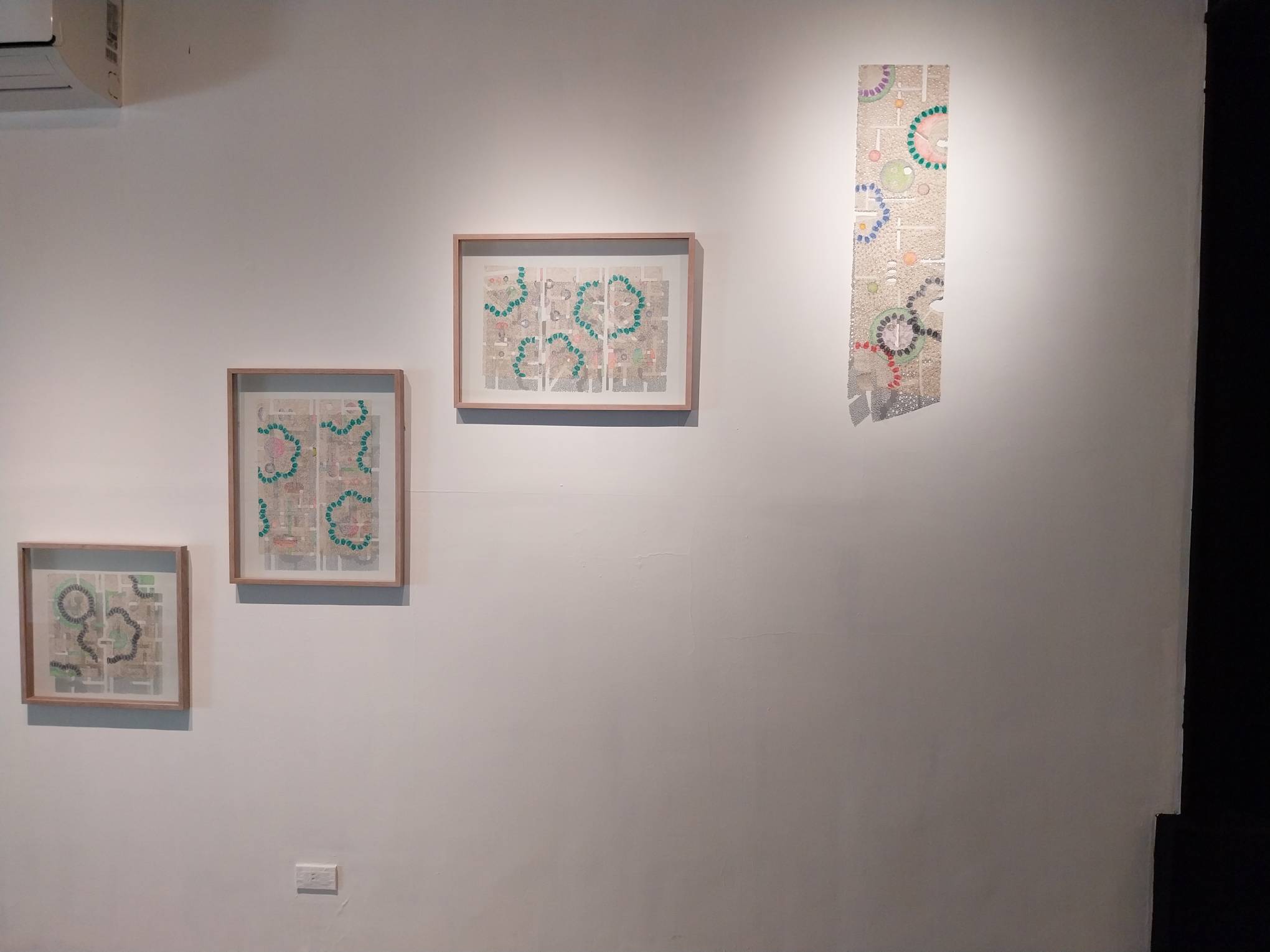
“Ng breathes to life a series of abstract iterations that mirror the pearl of wisdom embedded in the narrative,” J. Jose said in their exhibit write-up. “No matter its antiquated origin, the veracity resting within it about our finiteness reverberates, crawling and seeping through a universal threat that connects all of mankind.”
Fingerprints in Everything
From Ash We Came interprets the lessons of hubris and ambition of Icarus’s tale and thrusts us into a micro-scale look at humanity. Ng utilizes her style of incense-burning paper art here to create images mimicking cells in a microscope. Elaborate, colorful patterns appear on the works, creating flowery curves and circles within a transparent glass background.
Beyond the burns that dot the paper, the artist also adds fingerprints in most of the works. These portions work within the pieces like cell walls, creating a vibrant new texture that adds definition to the shapes formed within the papers.
Ng’s works in this exhibit come together in a way that creates a distinctive and intriguing push-and-pull motion. The shapes feel like they’re floating in an endless space, interrupted only by the sudden sharp breaks from the paper. These create a disjointed picture that aids in the illusion, as if we’re only seeing small snapshots instead of the whole picture.
The Language of Decay
Ng’s awareness of the finiteness of humanity appears here plenty. An inspired move from her—and one that probably led to the exhibit’s title—is saving up the ashes from the incense burns into the paper and storing them in small jars. Some of the jars even contain actual paper fragments inside of them, preserved in their half-burned state.
She showcases fourteen of these jars as the de-facto centerpiece of the exhibit, and the ashes give another layer of analysis to the exhibit’s facsimile of cells and biology. It tells us that these living tissues portrayed in these works will eventually give way to death. Nothing lasts forever, not even the ambitions of the living.
From Ash We Came gives us an interesting, biocentric perspective on humanity and ambition, a literal look at ourselves from a facsimile at the microscopic level. More importantly, it utilizes Julieanne Ng’s unique stylings to birth a new-yet-familiar look into the images we know. The exhibit will be available for public viewing until June 1.
Related reading: ‘More|Less’: Portraying the Hecticness of the Information Age


